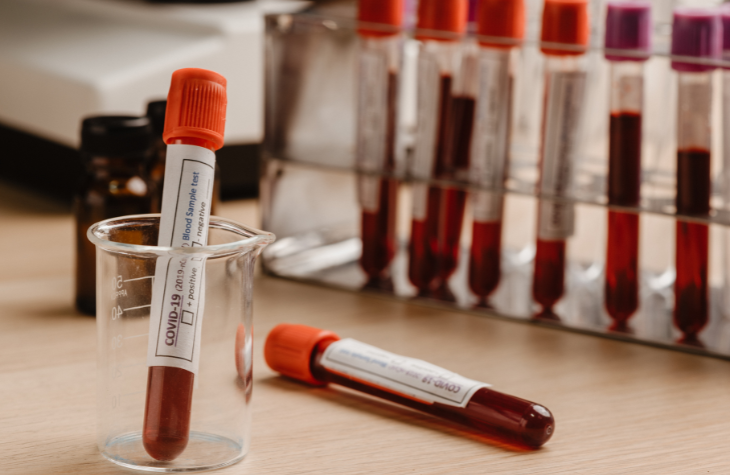Are you wondering, “How long do opioids stay in your system?” Opioids are a powerful class of medications commonly used for pain management, offering both therapeutic benefits and potential risks. Understanding how long these substances remain in your body is important for several reasons—it can help predict the duration of their effects, support safe dosing decisions, and provide clarity when it comes to drug testing.
In this article, we’ll explore how long opioids stay in your system, the key factors that affect their metabolism and elimination, and the different types of opioids along with their unique half-lives.













